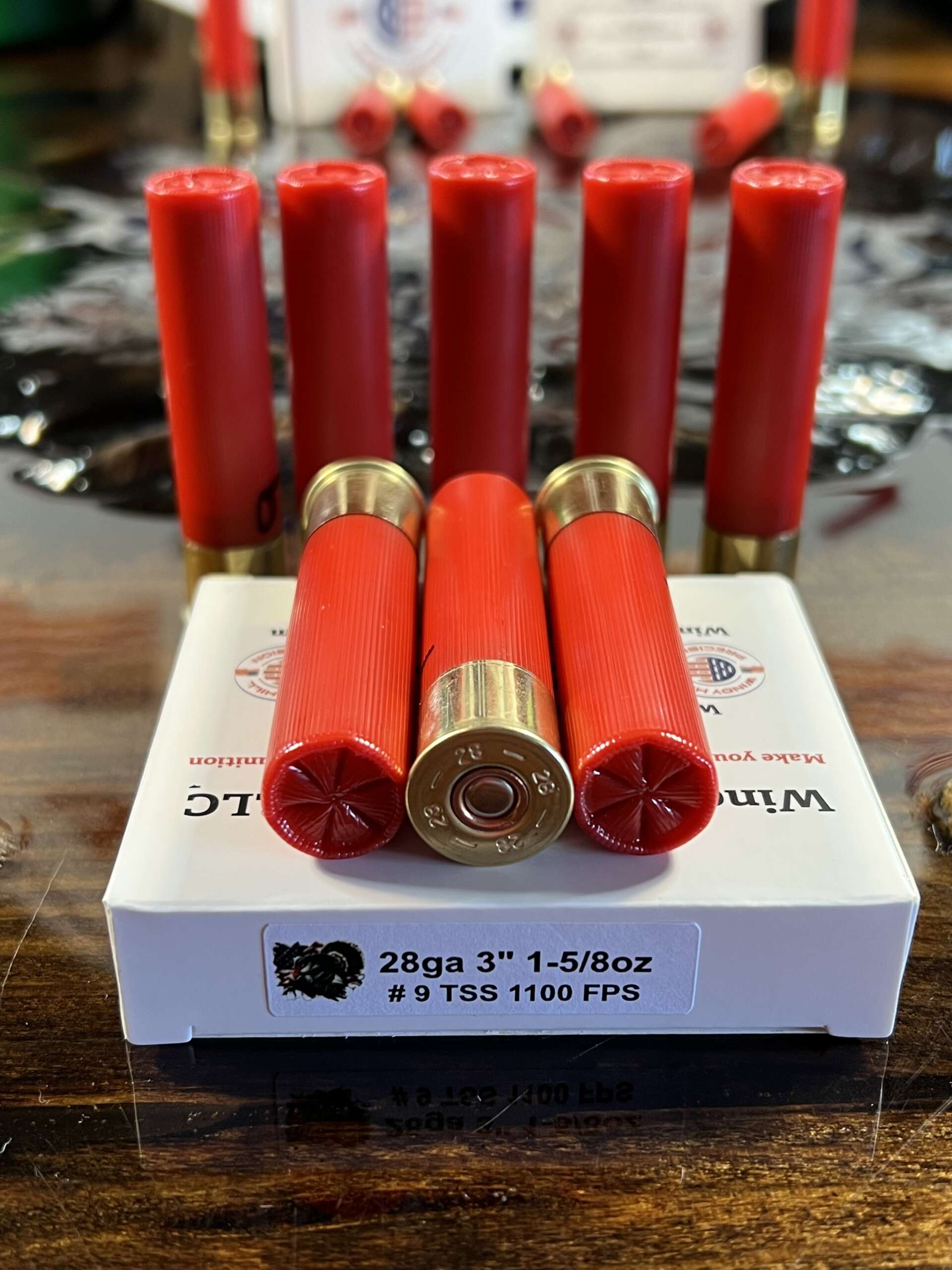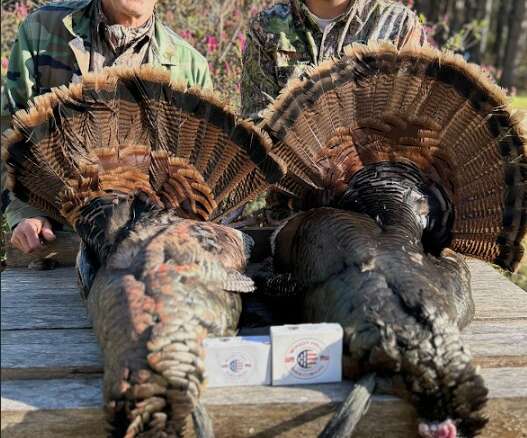Understanding Shotgun Cartridges
Shotgun cartridges, often referred to simply as “shells,” consist of a plastic or paper casing filled with multiple pellets (shot) or a single projectile (slug). They come in various gauges, with 12-gauge and 20-gauge being the most common, indicating the diameter of the shotgun’s bore. However since the Tungsten Super Shot has grown in popularity so has the use of 410 and 28 gauges.
Types of Shotgun Cartridges
- Birdshot: Used primarily for hunting birds and small game. Birdshot cartridges contain numerous small pellets, maximizing the chance of hitting a fast-moving target without damaging the meat.
- Buckshot: Designed for larger game or self-defense, buckshot cartridges contain fewer, larger pellets compared to birdshot. This increases penetration and stopping power over short distances.
- Slugs: These are single, solid projectiles designed for shooting larger game or for situations where increased accuracy and penetration are necessary, such as deer hunting.
- Target Loads: Used in clay pigeon shooting and other target sports, target loads typically contain smaller pellets designed to break the clay targets without damaging them excessively.
- Tungsten Super Shot: Mostly used for Turkey hunting due to tight patterns and extended penetration of the shot. TSS also works great when used for deer, hog, or coyotes. Recommended shot sizes for Turkey: #8, #9, or #10. Recommended for Duck: #7.5, #8, or #9. Recommended for Deer, Hog, or Coyotes: #T, #BB, or #2
Considerations When Choosing Cartridges
- Gauge: The gauge of the shotgun dictates the size of the cartridge it can fire. Larger gauges like the 12-gauge use to be the go-to for most applications. Since the popularity of the Tungsten Super Shot more and more hunters are leaning on the 410, 28ga, and 20ga since the 18.1g/cc tss allows the use of smaller shot. Tss has made all gauges acceptable 40yd turkey hunting guns with minimal effort.
- Shot Size: Different cartridges contain shot of varying sizes (e.g., #10, #9, #8, #7.5, #6), affecting the spread and effectiveness of the shot at different distances. Lead Turkey loads usually consist of #4, #5, or #6. TSS turkey loads are #8, #9, or #10’s due to the TSS being roughly 60% denser than lead.
- Powder Load: The amount of gunpowder in a cartridge affects its velocity and thus its range and impact. Heavier loads are typically used for larger game or longer distances.
- Purpose: Consider whether you’re hunting, shooting clay targets, or using the shotgun for self-defense, as each activity requires a different type of cartridge.
Safety and Handling
- Always store cartridges in a cool, dry place away from heat and moisture.
- Follow the manufacturer’s guidelines for loading cartridges into your shotgun to avoid accidents.
- Dispose of used cartridges responsibly, following local regulations.
Conclusion
Shotgun cartridges are essential components that determine the performance and versatility of your shotgun. Understanding their types, uses, and key features allows you to make informed choices based on your specific shooting needs. Whether you’re a hunter, sports shooter, or concerned about home defense, choosing the right shotgun cartridge ensures both effectiveness and safety in your shooting endeavors. Explore the wide range of options available and enjoy the rich tradition and utility that shotgun shooting offers.



